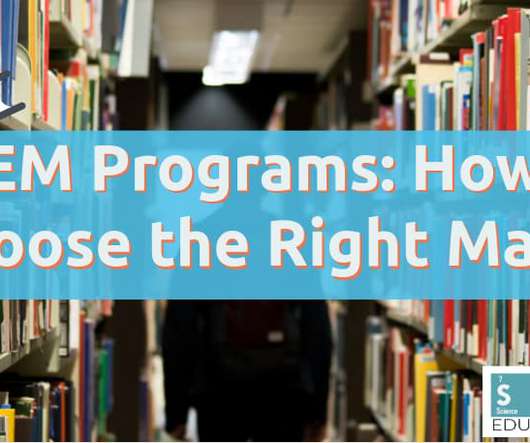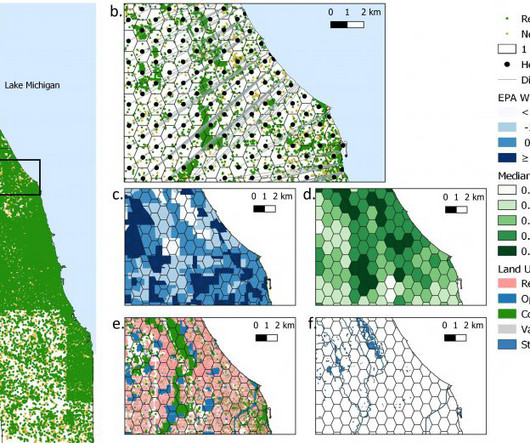STEM Programs: How to Choose the Right Major
STEM Education Guide
APRIL 18, 2022
If your child is gifted in the arts of math or science, it’s not a bad idea to encourage a STEM career. It’s an acronym that encompasses science, technology, engineering, and math. Let’s look at the main branches: Science in STEM. It includes topics such as chemistry, biology, physics, astronomy, and geology.











Let's personalize your content